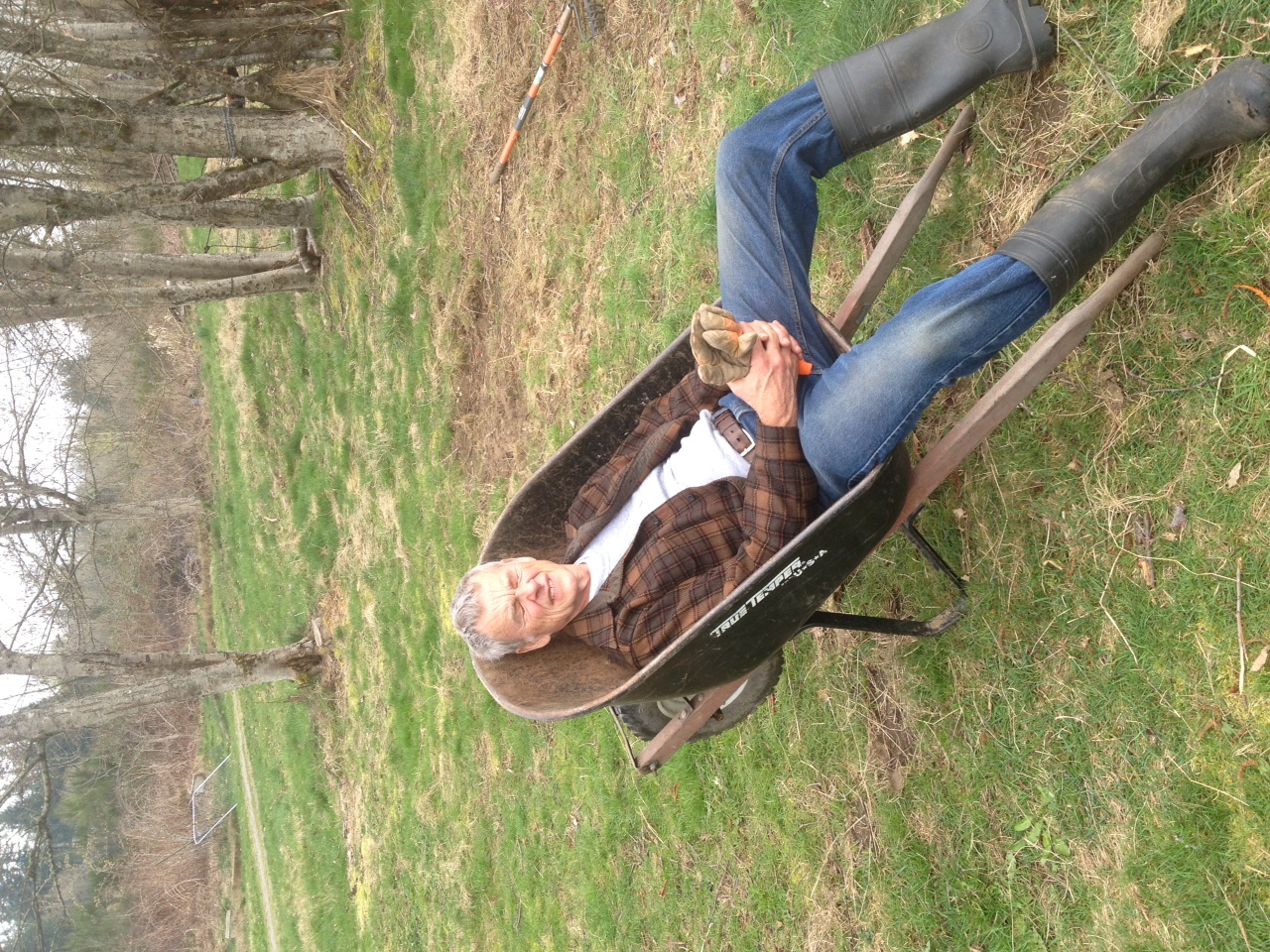Local Rivers
- Ken Campbell

- Oct 26, 2021
- 3 min read
Updated: Nov 2, 2021
Everywhere I have lived, the local river provided the presence, the ambiance, and the connection to the landscape that contributed importantly to the sense of place. First, it was the Feather River in Northern California. Then, it was the Clearwater River in Eastern Washington. Recently, it was the Columbia River in Central Washington. Now, I live on the farm in Western Washington and I look to the local rivers to provide the presence that enhances the livability of the farm.
The Cedar River is the river that is most intimately associated with the farm. One of Cedar River’s feeder creeks arises from Spring Lake, which is located only a couple hundred yards north of the farm. This creek, Otter Creek, bisects the farm’s pastures and hayfields as it runs the length of the property. Upon crossing the south property line, the creek continues a short distance south before it turns east and flows into Peterson Lake. Then, as the outflow from Peterson Lake, it takes a run down the hill through a ravine and dumps into the lower Cedar River. From its beginning at Spring Lake to its discharge into the river, Otter Creek is only about 2.5 miles long. A sizable segment of the creek runs through the farm where it picks up the farm’s smells and flavors and carries them into the river. The otter and beaver that we see on the farm probably arrive here by traveling up the creek from the river. Thus, a connection between the farm and the river is clearly established.
Now, if you drive about a mile south of the farm on 196th Ave, you climb a slight rise and, as you top the rise, you leave the Cedar River watershed and enter the Green River watershed. Continuing on a southerly course, 5-7 miles gets you to the mainstem Green River. The Green River doesn’t catch water from the farm but it is close enough that if you didn’t trace runoff, you wouldn’t know that the Green River has any less association with the farm than the Cedar River. So, there are two rivers in close proximity to the farm with the farm setting next to the boundary that separates the two watersheds.
The Green and the Cedar rivers run more or less parallel to one another; their watersheds abut along a crooked transect running roughly south-east/north-west. The entirety of these two watersheds lie in the close-by hills of the Cascades and the greater part of these watersheds could be viewed from the farm if there was an unobstructed visual path. The Cedar River terminates in Renton as it flows into Lake Washington; the Green River becomes the Duwamish and flows into the estuarian waters of Elliot Bay. So, the water collection and runoff of these two rivers constitute the terrestrial leg of the local hydrologic cycle; the abundant rain that falls in the nearby Cascade foothills collects in these two watersheds and flows quickly past the farm in the rivers on its way back to the ocean environment from which it came. These are not big rivers, but rainfall is copious so they flow with vigor all year long. Both rivers supply drinking water to local cities; Cedar River to Seattle, Green River to Tacoma. The health of these rivers is critical to these cities and the watersheds are protected accordingly.
Both rivers have valued salmon runs: the Cedar River has runs of sockeye, chinook, coho, and steelhead; the Green River has runs of chinook, coho, chum, pinks, and steelhead. It is possible for Cedar River salmon to make their way up Otter Creek to the farm. I think that such a thing has been documented from the past but as far as I know, Jay has never seen a salmon in the creek and I certainly have not. But we can always hope that someday we will be privileged to see a migrating salmon churning its way up the creek to Spring Lake. Meanwhile, come autumn when the riverside maples and cottonwoods have turned their brightest yellows and newly-arrived Canada geese wend their v’s through the semi-cloudy skies, we will hop on down to one or the other of these two rivers and watch the salmon spawn.
The proximity of the rivers to the farm contributes substantially to the farm’s ambiance. Knowledge of these rivers enhances the sense of how the farm is connected to its landscape and helps to broaden the understanding of how the place is integrated within its larger ecosystem.










Comentarios